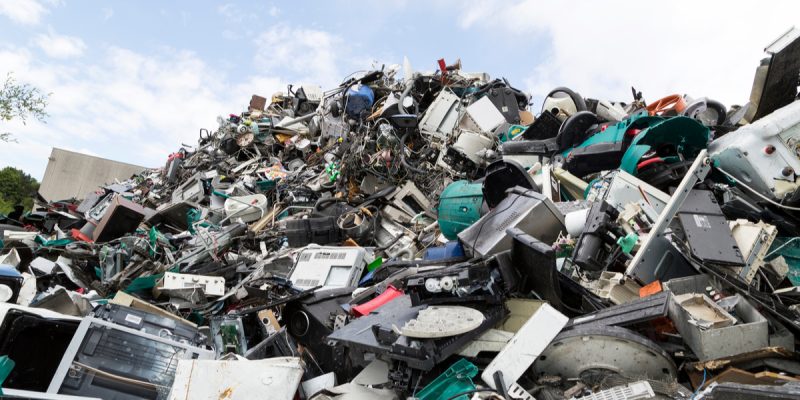By Zayamu Hassan
The World Health Organisation (WHO) has called for urgent action to protect millions of children, mothers, adolescents and expectant mothers globally from that negative impact of e-waste.
In a statement, the WHO said that children and expectant mothers’ health is jeopardized by the informal processing of discarded electrical or electronic devices according to a new ground-breaking report from the World Health Organization: Children and Digital Dumpsites.
“With mounting volumes of production and disposal, the world faces what an international forum recently described as a mounting “tsunami of e-waste,” which put lives and health at risk.
“In the same way the world has rallied to protect the seas and their ecosystems from plastic and microplastic pollution, we need to rally to protect our most valuable resource –the health of our children – from the growing threat of e-waste,” WHO Director-General, Dr Tedros Adhanom Ghebreyesus, said.
As many as 12.9 million women are working in the informal waste sector, which potentially exposes them to toxic e-waste and puts them and their unborn children at risk.
Meanwhile more than 18 million children and adolescents, some as young as 5 years of age, are actively engaged in the informal industrial sector, of which waste processing is a sub-sector.
Children are often engaged by parents or caregivers in e-waste recycling because their small hands are more dexterous than those of adults.
Other children live, go to school and play near e-waste recycling centres where high levels of toxic chemicals, mostly lead and mercury, can damage their intellectual abilities
Children exposed to e-waste are particularly vulnerable to the toxic chemicals they contain due to their smaller size, less developed organs and rapid rate of growth and development. They absorb more pollutants relative to their size and are less able to metabolize or eradicate toxic substances from their bodies.




